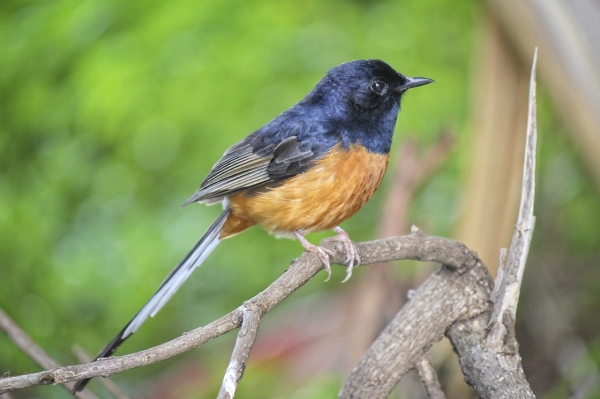Birds make sounds to communicate, whether to find a potential mate, ward off predators, or just sing for pleasure.
But the conditions that contribute to the immense diversity of the sounds they make are not well understood. Researchers at the University of Wisconsin–Madison have conducted the first-ever global study of the factors that influence bird sounds, using more than 100,000 audio recordings from around the world. The new study, recently published in the journal Proceedings of the Royal Society B, revealed insightful patterns for why birds make certain noises and at what frequency.
Hypotheses about the role of habitat, geography, body size and beak shape in forming bird sounds have been tested on small scales before. But H.S. Sathya Chandra Sagar, a UW–Madison doctoral student who works with Professor Zuzana Buřivalová in the Department of Forest and Wildlife Ecology and the Nelson Institute for Environmental Studies, wanted to see if they held up on a global scale.
Sagar analyzed audio recordings of bird sounds taken by people around the world and submitted to a bird-watching repository called xeno-canto. The analyzed recordings represented 77% of known bird species.
Read more at University of Wisconsin-Madison
Photo Credit: mvandepi via Pixabay
Sci/Tech Wildlife Top Stories
